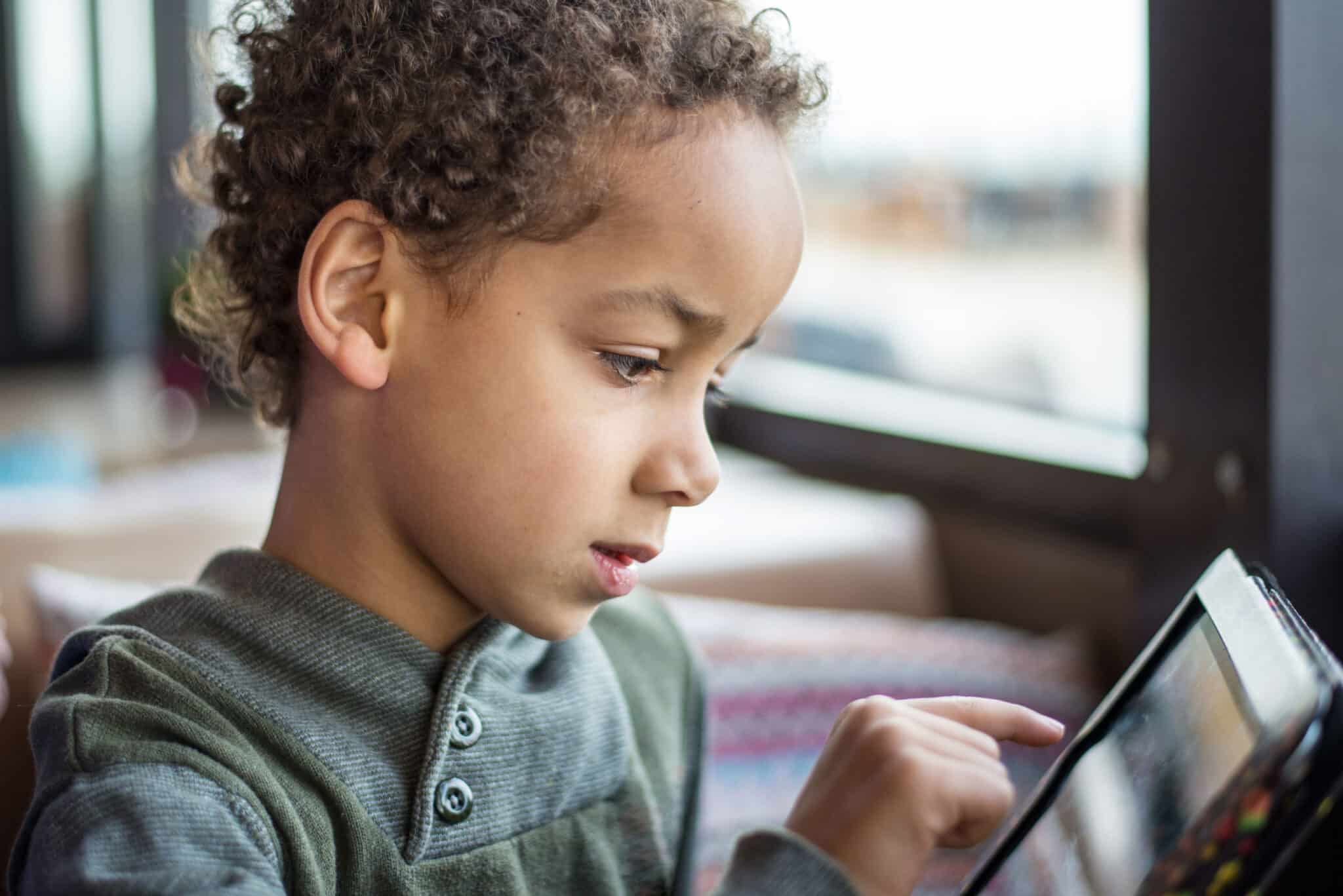Cyber-ethics is the practice of using ethical behavior and understanding moral responsibilities in online environments and digital media. In today’s world, it’s crucial to teach kids that anything they post online can have long-lasting consequences.

But instead of just focusing on avoiding offensive behavior, the goal should be to raise thoughtful, responsible digital citizens. As David Polgar, co-founder of the Digital Citizenship Summit, puts it, “There isn’t an app for cyber-ethics. Our role as parents and educators is to help build the most important app – the one between their ears.”
Here are practical tips for teaching kids how to become productive digital citizens.
1. Start young.
If possible, start guiding your children and setting limits while they’re still young and you’re still their favorite person. This will give you credibility from early on, and solidify you as the source they can rely on when questions arise.
2. Get to know the technology your kids are using.
You can’t help your child navigate their devices if you don’t know how they’re used. Get familiar with key features, especially internet access and the ability to communicate with others via a video game, for example.
3. Teach “Netiquette” explicitly.
Just as you explicitly teach kids to say “please” and “thank you,” teach them clearly about technology etiquette from a young age.
This may include not allowing texting during meals, not typing in all caps, and not using cyber communication when angry, for example.
Remind them to be thoughtful and considerate when commenting on other people’s posts. If you see an inappropriate comment left by your child, talk with them about it. They should delete the comment and apologize personally.
As kids get older, discuss etiquette having to do with memes that can either make people famous or shame them worldwide when something goes viral. Remind them of these long-lost concepts:
-
Ask for permission before taking or sharing a photo- How would you feel if someone snapped photos without you knowing?
-
Put yourself in the other person’s shoes: How you would feel if that photo was of you? How would you feel if you were turned into a meme? Would you want your worst moment to go viral?
In short, everything you do online has an effect on the real world – so the same rules apply. Help your child understand the reality that there are actual human beings behind each screen. Their comments, posts, and shares matter.
4. Discuss the permanence of online behavior.
Send a clear message early on: Your posts are forever.
While privacy settings can be helpful to protect young kids, you’re not fully protected by them. Screenshots and sharing functions ensure that you cannot hide behind privacy settings.
Talk openly about their “digital footprint” – the permanence of online behavior and the possible consequences of irresponsible actions. Inappropriate messages and images could affect their ability to be accepted into college or land a job.
Does your digital footprint need a spring cleaning? Use this handy checklist.
6. Build a positive reputation.
As young people get older and begin to apply for universities and jobs, encourage them to make their profile public and take accountability for making it positive. It’s a great place for potential employers and university officials to get to know you better and see how you show up in the world.
7. Supervise appropriately.
Keep the computer in a central location. It’s easier to keep tabs on what’s happening, and sends the message that online activity is public.
Be generally aware of your child’s online friends, just as you would be familiar with their friends in real life. The same goes for what websites they are visiting and what they are downloading.
As young people first start using cyber communication tools, set limits about how long, when, and where they can use it.
Monitor the pictures your child posts, and have discussions about why certain pictures may or may not be appropriate to post online.
8. Model positive online behavior
Monkey see, monkey do. Just as modeling healthy eating habits is the best way to get our kids eating right, modeling the technology use we want to see is the most effective way to shape our kids’ behaviors.
Sources
- https://www.parenting.com/gallery/social-media-monitoring-kids?page=11
- https://developingminds.net.au/tips-to-help-teens-use-social/
- http://ledgerlink.monster.com/benefits/articles/33-dude-seriously-facebook-could-cost-you-a-job
- https://www.fosi.org/good-digital-parenting/internet-infamous-how-memes-affect-teens/
- https://www.fosi.org/good-digital-parenting/art-commenting/
Related Posts:
- Looking for a fun way to connect with friends? Check out our list of Fun FaceTime Games to play with friends for ideas to keep everyone entertained, no matter the distance.
- Want to boost your child’s learning at home? Explore our roundup of the Top Free Educational Websites for Kids to make online learning engaging and fun.
Calie Herbst, Editor-in-Chief of Milwaukee With Kids, has spent over a decade combining her experiences as a parent of three to create a hub for Milwaukee’s family adventures.
Her decade-long teaching career in Milwaukee Public Schools and academic background, including a Master’s in Teaching from Marquette University and dual B.A.s in Sociology and Spanish from the University of Wisconsin – Madison, fuel her passion for inclusive and engaging family content.
Calie is also a recognized voice in local media, contributing to WISN Channel 12 News, WTMJ Wisconsin Morning News, Fox 6’s Real Milwaukee, and B93.3.
Discover more about Calie’s journey and editorial approach on her About Page and Editorial Policy Page.









